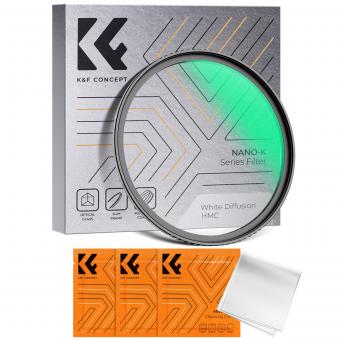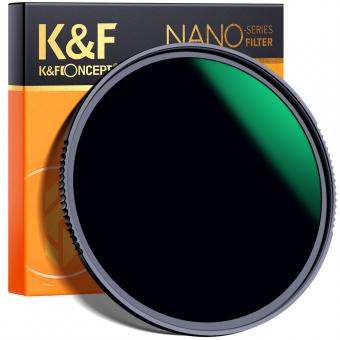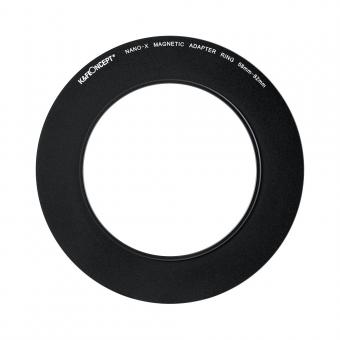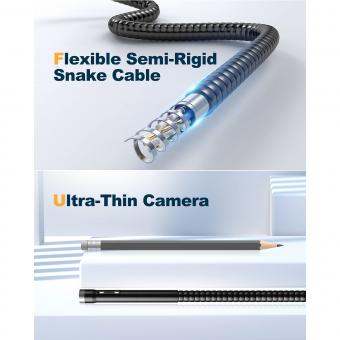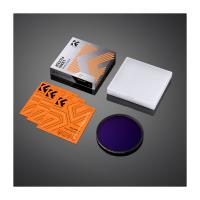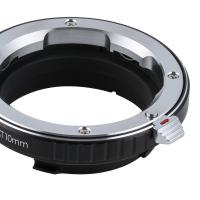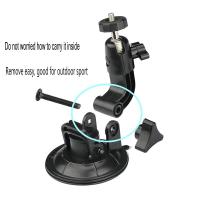What Is Endoscopic Submucosal Dissection ?
Endoscopic submucosal dissection (ESD) is a minimally invasive surgical technique used to remove early-stage gastrointestinal tumors or lesions. It involves the use of an endoscope, a flexible tube with a light and camera attached to it, to visualize and access the targeted area within the digestive tract. During the procedure, a specialized knife is inserted through the endoscope to precisely dissect and remove the abnormal tissue from the submucosal layer. ESD is particularly beneficial for the treatment of early-stage cancers or large precancerous lesions that would otherwise require more invasive surgery. It offers advantages such as improved diagnostic accuracy, reduced risk of complications, and potential preservation of organ function. ESD has become an important tool in the field of gastroenterology, allowing for the effective and precise removal of gastrointestinal tumors while minimizing patient discomfort and recovery time.
1、 Technique for minimally invasive removal of gastrointestinal tumors.
Endoscopic submucosal dissection (ESD) is a technique used for the minimally invasive removal of gastrointestinal tumors. It involves the use of an endoscope, a flexible tube with a light and camera attached to it, to visualize and access the tumor within the gastrointestinal tract.
During the procedure, a specialized knife is inserted through the endoscope to carefully dissect and remove the tumor from the submucosal layer of the gastrointestinal wall. ESD allows for the removal of larger lesions that would otherwise require surgery, providing a less invasive alternative with reduced risks and faster recovery times.
ESD has several advantages over traditional surgical methods. It allows for precise and complete removal of tumors, minimizing the risk of leaving any residual cancerous tissue behind. Additionally, ESD preserves the integrity of the gastrointestinal tract, reducing the need for more extensive surgeries that may result in complications such as leakage or strictures.
The latest point of view regarding ESD is that it has become an established and effective treatment option for early-stage gastrointestinal tumors. It has been shown to achieve high rates of complete tumor resection, with low recurrence rates and favorable long-term outcomes. ESD is particularly beneficial for patients who are not suitable candidates for surgery due to comorbidities or those who wish to avoid the potential risks and complications associated with surgery.
However, ESD is a technically demanding procedure that requires expertise and experience. It is crucial to carefully select patients and tumors that are suitable for ESD to ensure optimal outcomes. Advances in endoscopic technology and training have improved the success rates of ESD and expanded its application to a wider range of gastrointestinal tumors.
In conclusion, endoscopic submucosal dissection is a minimally invasive technique for the removal of gastrointestinal tumors. It offers several advantages over traditional surgical methods and has become an established treatment option for early-stage tumors. With ongoing advancements in technology and expertise, ESD continues to evolve and improve, providing patients with a less invasive and effective alternative to surgery.
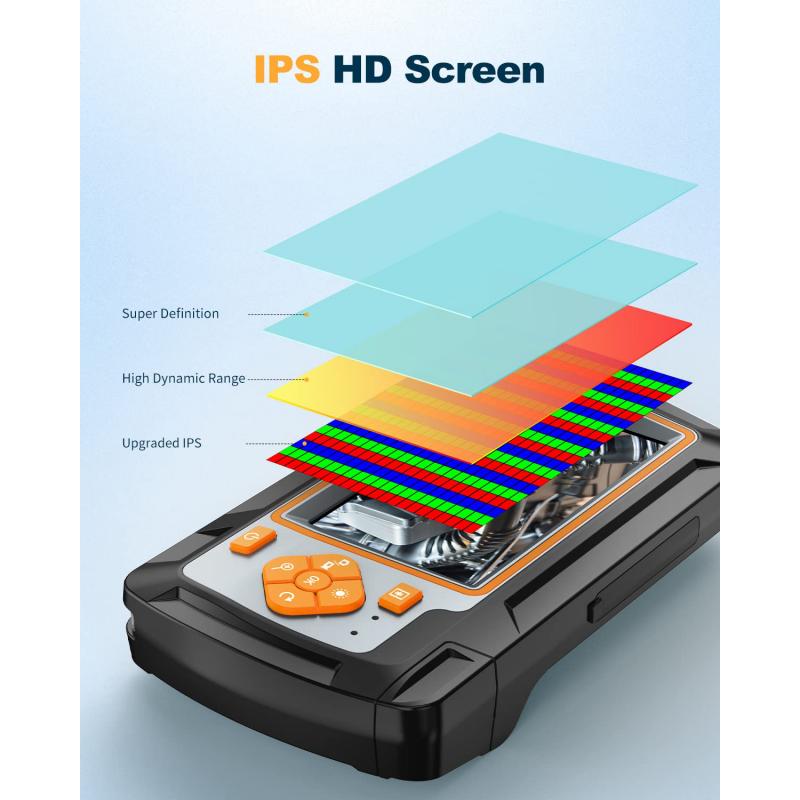
2、 Precise endoscopic procedure for resecting lesions in the digestive tract.
Endoscopic submucosal dissection (ESD) is a precise endoscopic procedure used to resect lesions in the digestive tract. It is a minimally invasive technique that allows for the removal of early-stage gastrointestinal tumors without the need for open surgery. ESD is particularly effective for the treatment of early-stage cancers, precancerous lesions, and large or difficult-to-reach polyps.
During the procedure, an endoscope with specialized tools is inserted through the mouth or anus to access the lesion. The lesion is then carefully dissected from the underlying tissue layer by layer, allowing for complete removal. ESD offers several advantages over traditional surgical resection, including reduced invasiveness, shorter hospital stays, faster recovery times, and improved cosmetic outcomes.
ESD has revolutionized the management of early gastrointestinal neoplasms, as it enables the removal of larger lesions that were previously considered unresectable. This technique has been widely adopted in Japan and other Asian countries, where it has shown excellent outcomes in terms of complete resection rates and long-term survival. In recent years, ESD has gained recognition and acceptance in Western countries as well.
Advancements in endoscopic technology, such as the development of high-definition imaging and improved endoscopic instruments, have further enhanced the safety and efficacy of ESD. These advancements have allowed for better visualization of the lesion and surrounding tissue, enabling more precise dissection and reducing the risk of complications.
In conclusion, endoscopic submucosal dissection is a precise endoscopic procedure for resecting lesions in the digestive tract. It offers a minimally invasive alternative to open surgery and has shown promising results in the treatment of early gastrointestinal neoplasms. With ongoing advancements in technology and increasing expertise, ESD is likely to continue evolving and playing a significant role in the management of digestive tract lesions.

3、 Minimally invasive method to remove abnormal tissue from the mucosal layer.
Endoscopic submucosal dissection (ESD) is a minimally invasive method used to remove abnormal tissue from the mucosal layer of the gastrointestinal tract. It is a highly advanced endoscopic technique that allows for precise and complete removal of early-stage gastrointestinal tumors, such as those found in the stomach, esophagus, and colon.
During the ESD procedure, an endoscope with a specialized cutting device is inserted through the mouth or anus and guided to the site of the abnormal tissue. The endoscope provides a clear view of the area, allowing the surgeon to carefully dissect and remove the abnormal tissue layer by layer. This technique is particularly beneficial for removing larger lesions that would otherwise require invasive surgery.
ESD offers several advantages over traditional surgical methods. Firstly, it is a minimally invasive procedure, which means it requires smaller incisions and results in less pain, scarring, and recovery time for the patient. Additionally, ESD allows for a more precise and complete removal of abnormal tissue, reducing the risk of recurrence. It also enables the examination of the removed tissue for accurate diagnosis and staging.
In recent years, there have been advancements in ESD techniques and technologies. For instance, the use of advanced imaging techniques, such as narrow-band imaging and magnification endoscopy, has improved the detection and characterization of abnormal tissue, leading to better patient outcomes. Furthermore, the development of specialized tools, such as electrosurgical knives and submucosal injection agents, has enhanced the safety and efficacy of the procedure.
Overall, endoscopic submucosal dissection is a highly effective and minimally invasive method for removing abnormal tissue from the mucosal layer of the gastrointestinal tract. It offers numerous benefits to patients, including reduced invasiveness, improved precision, and faster recovery. With ongoing advancements in technology and techniques, ESD continues to evolve, providing even better outcomes for patients with early-stage gastrointestinal tumors.
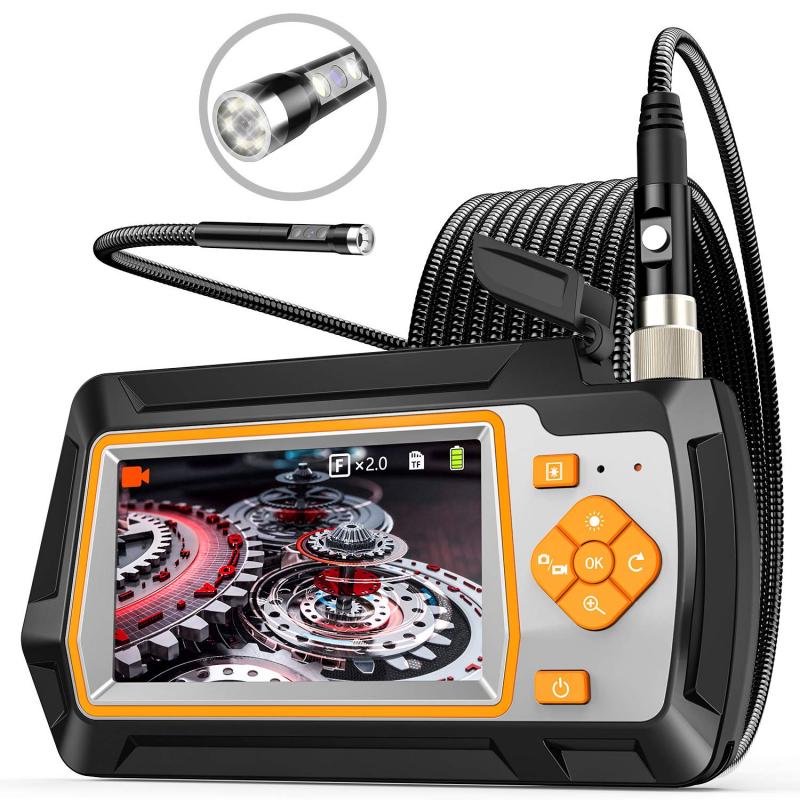
4、 Advanced endoscopic technique for removing early-stage gastrointestinal neoplasms.
Endoscopic submucosal dissection (ESD) is an advanced endoscopic technique used for the removal of early-stage gastrointestinal neoplasms. It is a minimally invasive procedure that allows for the precise and complete removal of lesions that are confined to the mucosal layer of the gastrointestinal tract.
ESD involves the use of a specialized endoscope equipped with various instruments, such as a high-frequency electric knife, to dissect and remove the lesion. The procedure is performed under sedation or general anesthesia, and it requires a high level of technical skill and expertise.
Compared to traditional endoscopic resection techniques, such as endoscopic mucosal resection (EMR), ESD offers several advantages. It allows for en bloc resection, meaning the lesion is removed in one piece, which enables accurate histopathological evaluation and reduces the risk of leaving residual tumor cells behind. ESD also allows for the removal of larger lesions that would otherwise require surgical intervention.
In recent years, ESD has gained popularity and has become the preferred treatment option for early-stage gastrointestinal neoplasms in many centers worldwide. It has been shown to have high rates of complete resection and low rates of recurrence. Additionally, ESD has been associated with a lower risk of complications compared to surgery.
However, ESD is a technically demanding procedure that requires specialized training and expertise. The learning curve for ESD is steep, and it is important for endoscopists to undergo proper training and gain experience before performing the procedure independently.
In conclusion, endoscopic submucosal dissection is an advanced endoscopic technique for removing early-stage gastrointestinal neoplasms. It offers several advantages over traditional resection techniques and has become the preferred treatment option in many centers. However, proper training and expertise are crucial for the successful and safe implementation of ESD.


